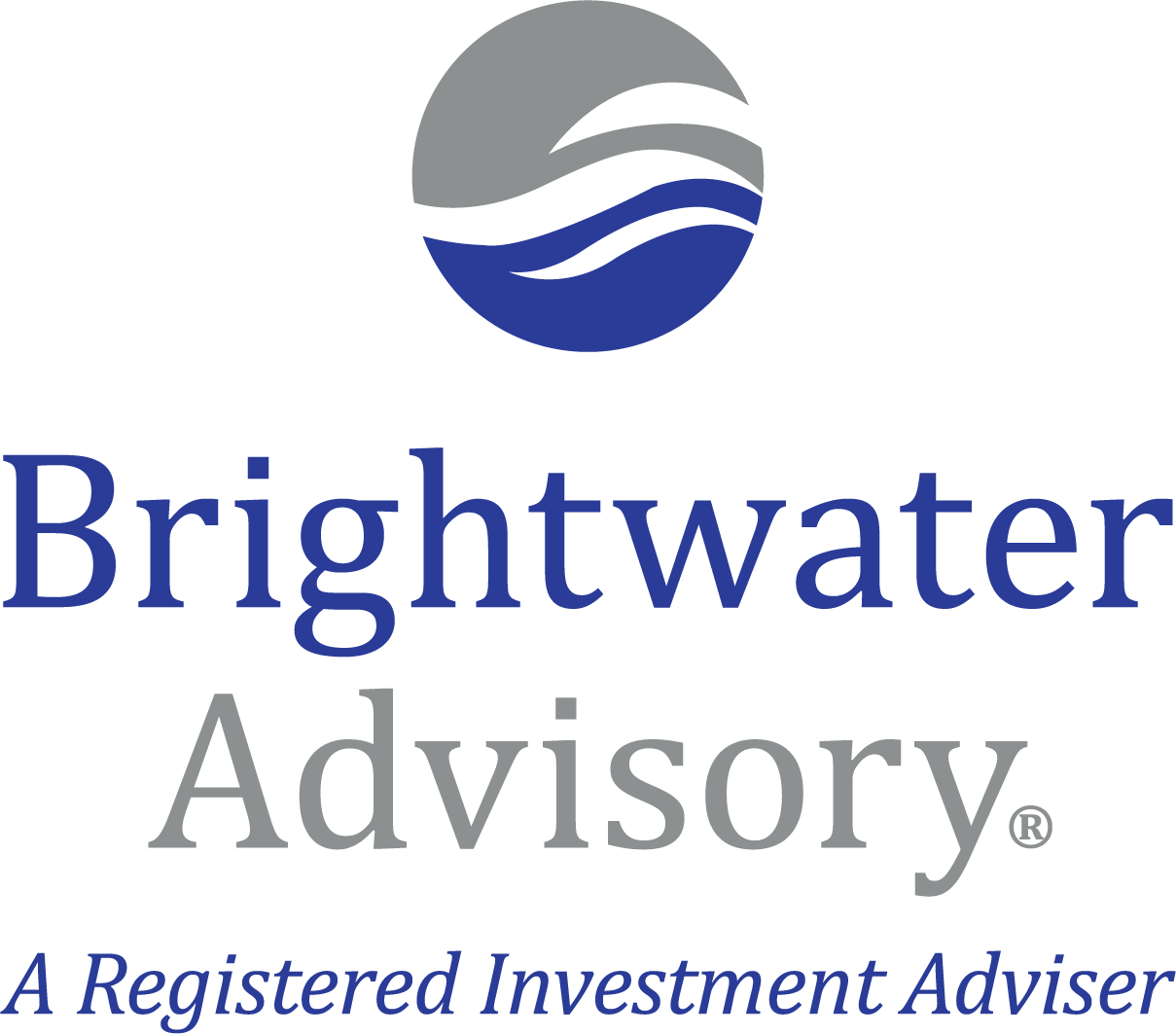by David Maddux, CEO | CIO
We sent the following letter to clients on January 25th.
Summary:
- Anecdotal Update – a story we can all learn from
- Landscape and shifting narratives – recession to “Goldilocks thinking”
- Portfolio approach – Barbell of risk free (stable income) and diversified growth (expected over time) – inflation and valuations
Anecdotal Update
I have had enough inquiries in my sharing with clients about my now 15-year-old son’s crypto mining venture that it is worth another update. In short, it is still operational but barely has a pulse. The “coin” he is mining was up substantially last year, but is still down 84% from its price two years ago when I originally shared the endeavor. His “payback period” (time to break even on the initial investment) is now measured in years vs. months.
The good news is he has given himself a ton of runway as he invested cash vs. credit and has no outside investors to deliver sad news to.
He bought two pieces of hardware for ~$400 each and his carry is electricity which is about like having a light bulb on all the time. Mom and dad foot the electric bill. His vision was to be “makin’ money” in his sleep or while he was at school, but the worst case is he loses his $800. The best case is he has learned about risk and volatility (different), how to think about it and allow for it in his next endeavors.
Landscape and Narratives
Today, cash is paying 5%+, 5 year treasury bonds are 4.1%, 10 year treasury bonds are 4.1% and the SP 500 (large US stocks) is paying 1.4% dividends plus or minus the price changes.
Last year was the recession that never was and this year seems to be about a “soft landing,” economically, and “Goldilocks thinking” (which I will define shortly). There should also be a focus on political “debates” during a fresh presidential election.
Corporate earnings came in “okay,” inflation’s increase slowed, the interest rate rise slowed and unemployment remained low. The result was that bond prices stabilized and most stock indices generally recovered the ground they lost in 2022.
A recovering stock market has responded and added to the narrative of expecting a series of interest rate cuts from the Federal Reserve because they have mostly achieved one of their main objectives – the rate of inflation slowing from the 9% range to the 3% range.
One item that contributed to the recession narrative a year ago is a phenomenon called the “inverted yield curve,” which happens when short term interest rates are higher than long term interest rates. The logic is both that the bond market is signaling economic weakness on the horizon or a Federal Reserve that is too tight or both.
That phenomenon is still present today, as short term interest rates are ~5% and ten year interest rates are ~4%. I think that relationship is still unsustainable. It can be resolved by the Federal Reserve cutting interest rates or longer term rates moving higher. My bias in the meantime is that it is an economic drag.
Just like the consensus thinking a year ago about an imminent recession, who knows if the Federal Reserve will reverse course quickly. I enjoy reading Howard Mark’s investor memos (Warren Buffett encouraged him to publish them years ago and they are a master class on the art of investing). They are publicly available and his January piece references “Goldilocks thinking” as follows –
“At present, I believe the consensus is:
-
- Inflation is moving in the right direction and will soon reach the Fed’s target of roughly 2%.
- As a consequence, additional rate increases won’t be necessary.
- As a further consequence, we’ll have a soft landing marked by a minor recession or none at all.
- Thus, the Fed will be able to take rates back down.
- This will be good for the economy and the stock market.
Marks continues –
… These five bullet points smack of ‘Goldilocks thinking’: the economy won’t be hot enough to raise inflation or cold enough to bring on an economic slowdown. I’ve seen Goldilocks thinking in play a few times over the course of my career, and it rarely holds for long. Something usually fails to operate as hoped, and the economy moves away from perception. One important effect of Goldilocks thinking is that it creates high expectations among investors and thus room for potential disappointment (and losses).”
Economic environment
As I referenced in in my January 2022 letter, the environment likely shifted in November ’21 with the advent of the Fed tightening and my bias is that they will be measured in reversing course and unsympathetic to stock market tantrums in the meantime. That view still resonates with me. For example, the adjustments from the swift rise in interest rates from 2022 to present is likely still playing out as investors and companies are still coming to grips with a higher cost of capital.
As the Fed raised their benchmark rate, we saw the almost simultaneous and rapid escalation in mortgage rates and home sales immediately plummeted. Business borrowing also declined in light of higher rates but at a slower rate as the maturity dates of existing business loans are variable. Unemployment has held strong below 4% and is probably the best example of a longer lag that has not been as variable as the Fed and the overall market would have predicted. Could there be a larger increase in unemployment looming as the market continues to digest the higher interest rate environment?
Portfolio Approach in a conflicted environment
Our solution to investing within shifting winds is a continued focus on building portfolios around flexibility, robustness and value. Specifically, we design portfolios with a risk-free ballast on one side (vs. risky, low quality bonds that appear to pay higher income) and a diversified risk approach for value and growth on the other.
I am re-reading William Bernstein’s latest version of The Four Pillars of Investing: Lessons for Building a Winning Portfolio, which was originally published in 2002 and is a classic. This reminder about setting yourself up to follow through is worth highlighting –
“Happiness is a warm bond – [Bonds] are your lifeboat, your sleeping draught, and your option on the future… stick to short Treasuries, CDs, and munis…More important, how much of your investing discipline will survive a real market panic? You won’t know the answers to those questions until this actually happens, but if your ‘cash’ is not of the highest quality, your discipline, and the magic of compounding along with it, will likely not survive.”
We think a lot about volatility and risk and about how to organize a client’s asset mixture. We want to foster the ability (financially and as importantly, psychologically) to hang on during the down periods of stock market investing, which are very normal, but unpredictable, so that the benefits of compounding growth can work its magic over long stretches of time.
A basic premise is that I think people are wired optimistically but also have overconfidence of how they will behave during stress.
COVID was a shocking test across the board of our lives, but I think the last two years has also been a good example that has taken longer to play out. Part of composing my thoughts here is to help draw attention to the negatives of the world, so that we can allow for them and then get onto the optimistic part of growth, which the stock market has historically been able to do through a long list of caustic factors.
I think it is helpful to recognize that the market is a collection of the ownership of individual operating businesses that are attempting to create value in the world by offering goods and services that people need. I think the average people running these businesses are intelligent and focused on value creation and by definition these operating companies attempt to adapt to a changing business environment.
The inflationary environment of the 1970’s was very challenging for consumers, investors and businesses, but the US stock market (SP 500) grew its earnings 10.2% annually and dividends 6.5% annually during that time (NYU Stern School of Business). Short term bonds are a grounding but they do not increase their interest organically like stocks do. Owning a diversified mix of stocks has been a way to attach to profit and dividend streams that are a direct proxy for the expectation of prices to eventually or lurchingly recover after bouts of market stress.
Our stock investing continues to have an emphasis on areas that are considered fairly valued or undervalued vs. overvalued. The stock portion of our model portfolio is more fairly valued compared to a US stock index (S&P 500) and the global stock index – All Cap World Index (60% US stocks and 40% Int’l stocks) –

Though our model portfolio’s Long Term Earnings Growth expectation is slightly below the S&P 500 index, I view that as a relevant tradeoff for higher dividend yields and more favorably valued holdings.
_____________________________________________________________________________________________________________________________________
The information in this website blog (“blog”) is for informational purposes only and does not constitute a complete description of our investment services or performance. No part of this site nor the links contained therein is a solicitation or offer to sell securities or investment advisory services, except where applicable in states where we are registered, or where an exemption or exclusion from such registration exists. All investments involve risk of loss, including the possible loss of all amounts invested, and nothing within this blog should be construed as a guarantee of any specific outcome or profit. Past performance should not be construed as an indicator of future performance. Future performance may substantially differ from prior performance. This blog is confidential and is intended solely for the information of the person to whom it was delivered and may not be reproduced or redistributed in whole or in part.
This letter is tonal in nature. We use model portfolios and apply consistent thinking, but each client has a separate account and there are many reasons for exceptions, like tax basis, heirloom holdings, preferences, size of the account, etc.
Data source for stock market proxies and representative portfolios: Morningstar Office. Definitions for the metrics referenced can be found in the glossary toward the end of your Investment Plan Portfolio Summary.
Brightwater Advisory, LLC is an SEC registered investment adviser* with its principal place of business in Tampa, Florida. This letter contains general information pertaining to our advisory services. The information is not suitable for everyone and should not be construed as personalized investment advice. This letter contains certain forward‐looking statements (which may be signaled by words such as “believe,” “expect” or “anticipate”) which indicate future possibilities. Due to known and unknown risks, other uncertainties and factors, actual results may differ materially from the expectations portrayed in such forward‐looking statements. There is no guarantee that the views and opinions expressed in this note will come to pass.
Investing involves risk, including risk of loss, which an investor must be prepared to bear. We manage investments based upon factors which may include, but are not limited to, a client’s investment time horizon, income, net worth, attitude toward risk and investment knowledge. Therefore, it is important for clients to inform us promptly if there is a substantive change to his or her risk capacity, including financial situation. In addition, if goals and objectives have changed, please let us know immediately. Indices are unmanaged. Any reference to a market index is included for illustrative purposes only as it is not possible to directly invest in an index.
For additional information about us, please request our disclosure brochure as set forth on Form ADV using the contact information set forth herein, or refer to the Investment Adviser Public Disclosure web site.
*Registration as an investment adviser does not imply any level of skill or training.







